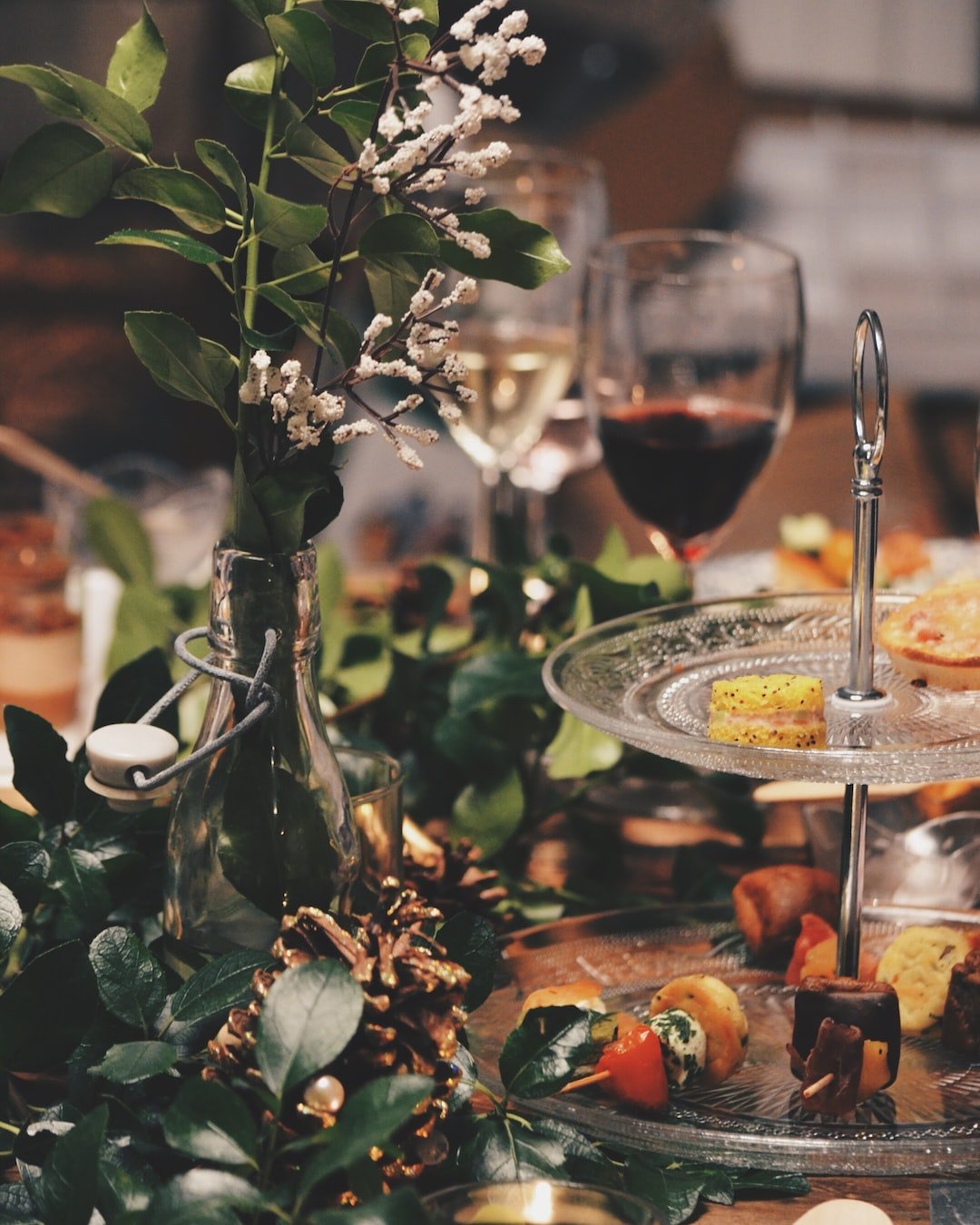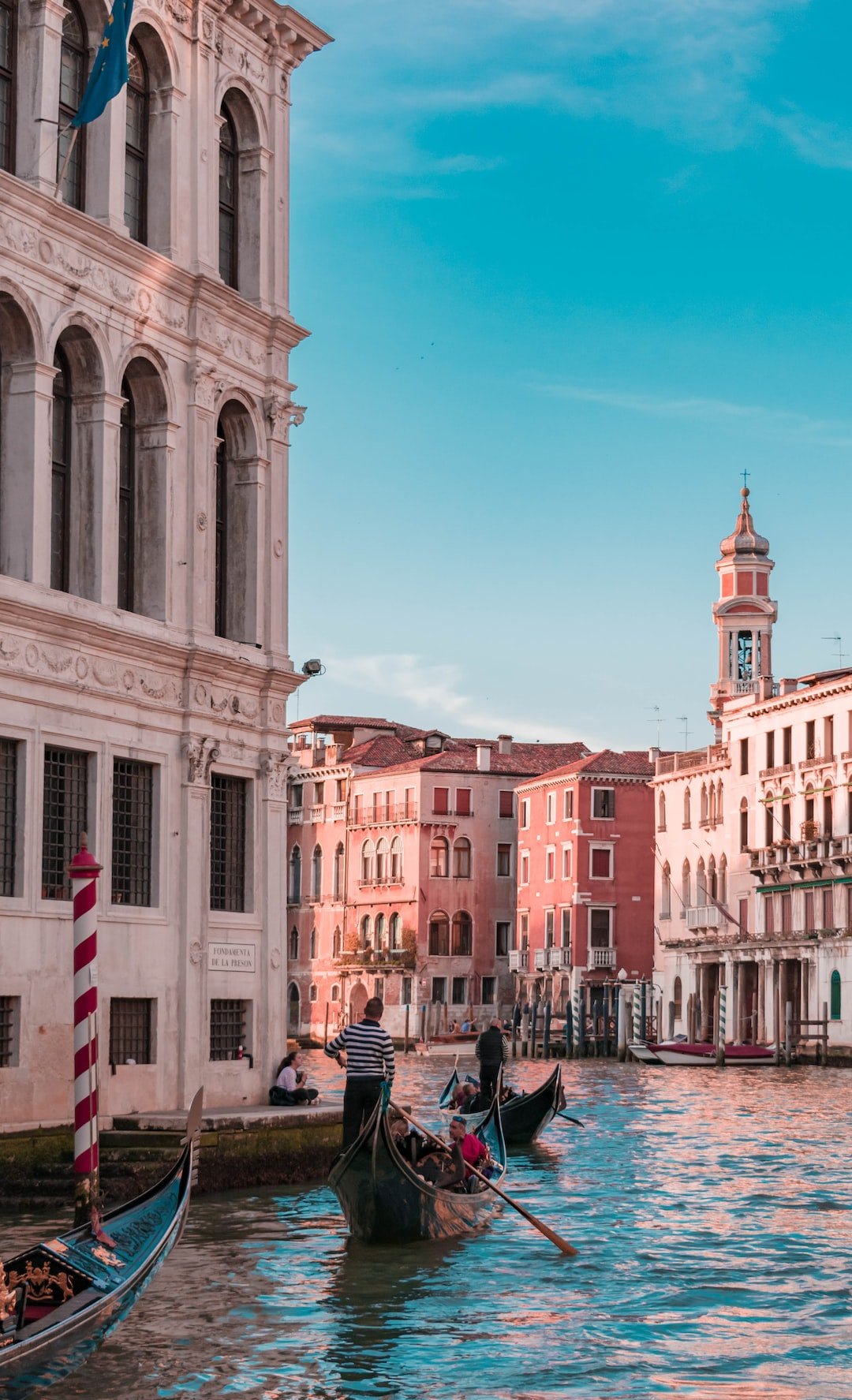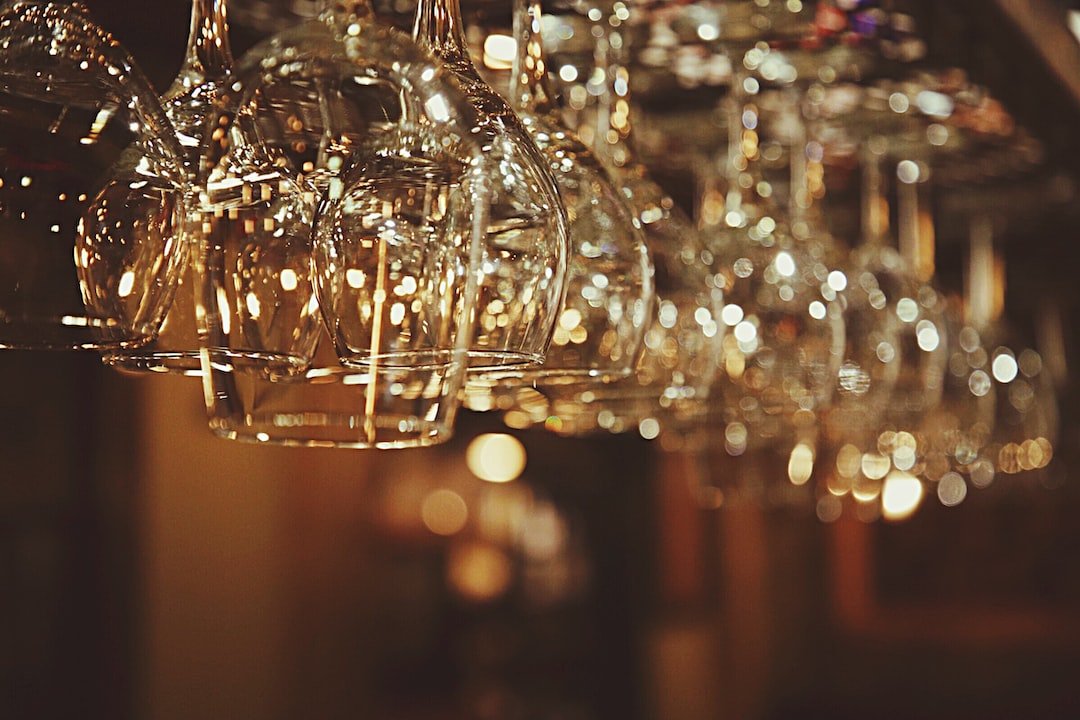

There are many things to consider when choosing the best champagne grapes to plant in your vineyard. The climate, soil type, and intended use for the grapes are all important factors to take into account. Some of the most popular champagne grape varieties include Chardonnay, Pinot Noir, and Pinot Meunier.Climate is an important factor in grape growing. Different grape varieties thrive in different climates. For example, Chardonnay grapes do well in cool climates while Pinot Noir grapes prefer warmer weather. The soil type is also a critical factor. Different grape varieties need different types of soils to flourish. Make sure to do your research before planting so that you choose the right variety for your specific vineyard conditions.The intended use for the grapes is another consideration when choosing which ones to plant. Are you planning on making sparkling wine or still wine? Champagne wines are typically made from a blend of different grape varieties, so it is important to choose ones that will work well together. You may want to consult with a local winemaker or viticulturist to get their opinion on which varietals would be best suited for your project.No matter what kinds of champagne grapes you ultimately decide toplant in your vineyard, make sure to give them the care and attention they need to thrive. With proper care and attention, your grapes will produce delicious wines that you can enjoy for years to come.
There are many different types of grapes that can be used to make champagne, but only a few are considered to be of the highest quality. The three most important types of grapes for making champagne are the black Pinot Meunier, the white Chardonnay, and the red Pinot Noir. Each one of these grapes has its own unique flavor and characteristics that make it essential for creating a well-balanced champagne.The Pinot Meunier is responsible for adding fruitiness and floral aromas to champagne. This grape is also known for its high levels of acidity, which helps to give champagne its signature crispness. The Chardonnay is what gives champagne its creamy texture and elegant flavor profile. And finally, the Pinot Noir contributes structure and body as well as velvety tannins that add complexity and depth to the finished wine.Planting just one or two of these grape varieties in your vineyard will not be enough to produce high-quality champagne. In order to create a truly exceptional wine, all three must be carefully balanced in order ensure that each one contributes something unique and special to the final product.

There are three types of grapes used in the production of champagne: Pinot Noir, Chardonnay, and Pinot Meunier. Champagne grapes are different from table grapes in a few ways. They are smaller and have thicker skins. The thicker skin helps protect the grape from the harsh weather conditions of the Champagne region of France. The juice of champagne grapes is also more acidic than that of table grape varieties.Pinot Noir is the most widely planted type of grape in the Champagne region and makes up about 60% of all vines planted. The wines made from Pinot Noir tend to be full-bodied with flavors of dark fruits like cherry and blackberry. Chardonnay is responsible for about 30% of all champagne production. Wines made with Chardonnay tend to be creamy with hints of lemon and green apple. Pinot Meunier makes up the remaining 10% or so of vines planted in Champagne but it is an important player as it adds structure and fruitiness to blends that include it. Wines made mostly or entirely from Pinot Meunier can be very fruity with aromas and flavors reminiscentof red berries like raspberry or strawberry.
No matter what type of grape you choose, you can be sure that it will have its own unique flavor profile and characteristics. Whether you're looking for a fruity and sweet champagne grape or a more dry and earthy wine grape, there's definitely a grape out there for you. So, next time you're standing in the wine aisle staring at all of the different types of grapes, remember that each one has its own special flavor just waiting to be discovered.
The Pinot Noir grape is the most widely planted grape in champagne. It is known for its delicate flavor and light body. The grape is used to make red wine, and is also used in some sparkling wines. The Pinot Noir grape is a versatile grape that can be used in many different wines. The grape is also used in making Champagne.

Chardonnay is the second most planted grape in champagne, and is known for its full body and creamy texture. The grape grows best in cool climates, which is why it thrives in the Champagne region of France. Chardonnay grapes are used to make both white wine and sparkling wine. The grape gives champagne its distinctive flavor profile of green apples, pears, and citrus fruits.
Pinot Meunier is the third most planted grape in champagne, and is known for its fruity flavor and high acidity. Native to the Champagne region of France, this black grape is a key component in many champagnes and sparkling wines. In addition to its signature fruitiness, Pinot Meunier brings aromas of fresh red berries, floral notes, and a touch of spice to the blend. When it comes to taste, this variety is medium-bodied with moderate acidity and a lively effervescence. Because of its easy drinking style, Pinot Meunier is often enjoyed on its own as an aperitif or paired with lighter fare such as salads or seafood dishes.
When it comes to planting grapes for champagne, it is best to plant a mix of all three grape types. This will ensure a well-rounded champagne. The three grape types are black, white, and red. Each grape type has its own unique flavor and aroma. By planting a mix of all three grape types, you will be able to create a champagne that has a complex flavor profile and aroma.

The climate in Champagne, France is ideal for growing grapes. The region experiences relatively high levels of rainfall and consistent temperatures throughout the year, which helps to create a balanced grape crop. Additionally, the chalky soils found in Champagne are perfect for drainage and help to promote healthy vine growth. All of these factors contribute to why Champagne is considered one of the best regions in the world for producing high-quality grapes.
The average yearly temperature in Champagne, France is around 54 degrees Fahrenheit, with relatively cool summers and mild winters. This climate is hospitable for the growth of champagne grapes, which are a key ingredient in the production of champagne. The grapes thrive in the clay soils that are found throughout the region. In addition to temperature and soil quality, the special microclimate of Champagne is also influenced by factors such as wind and rainfall. All of these factors combine to create an ideal environment for growing champagne grapes.
The average rainfall in Champagne is around 26 inches per year. This region of France has been known for its high-quality wines since the early Middle Ages. The climate and soils of Champagne are ideal for growing the three main types of grapes used in sparkling wine production: Chardonnay, Pinot Noir, and Pinot Meunier.Champagne wines are made using a traditional method called the methode champenoise. This involves a second fermentation that takes place in the bottle, which gives the wine its distinctive bubbles. The secondary fermentation is triggered by adding yeast and sugar to a base wine that has already undergone primary fermentation.

The soil in Champagne is mostly chalky clay, which is ideal for grape vines. The climate is also perfect for growing grapes, with cool winters and warm summers. The champagne region is located in the northern part of France, near the city of Reims. There are many different types of grapes grown in Champagne, but the most common are Chardonnay, Pinot Noir, and Pinot Meunier.Champagne wines are made using a traditional method called methode champenoise. First, the wine is fermented in barrels or tanks. Then, it is bottled with a small amount of sugar and yeast. The bottle is sealed with a metal cap and placed in a cool cellar for at least six months. During this time, the yeast eats the sugar and produces carbon dioxide gas. This gas makes the wine bubbly. Finally, the champagne is ready to be enjoyed!
The Champagne wine region is located in the historical province of Champagne in northeast France. The area is best known for the production of the sparkling white wine that bears its name. Champagne has been a traditional method of making wine since the early 18th century. The primary grapes used in champagne are Chardonnay, Pinot Noir, and Pinot Meunier.The four primary champagne regions are the Montagne de Reims, the Cote des Blancs, the Vallée de la Marne, and the Cote de Sézanne. The Montagne de Reims is home to some of the most prestigious producers in Champagne including Veuve Clicquot, Krug, and Bollinger. The wines from this region tend to be full-bodied with high acidity levels and a pronounced yeasty flavor due to extended aging on their lees.The Cote des Blancs is known for producing some of the finest white wines in all of Champagne. Chardonnay grapes thrive in this region and produce wines with subtle floral aromas and a delicate flavor profile. Top producers from this region include Salon, Ulysse Collin, and Billecart-Salmon.
The best champagne grapes to plant in your vineyard are Chardonnay, Pinot Noir, and Pinot Meunier. These three grapes are the most popular varietals used in champagne production and will give you the best chance of success if you're looking to grow grapes for this purpose. There are other varietals that can be used for champagne, but these three are the most widely planted and considered the best for this specific use.

